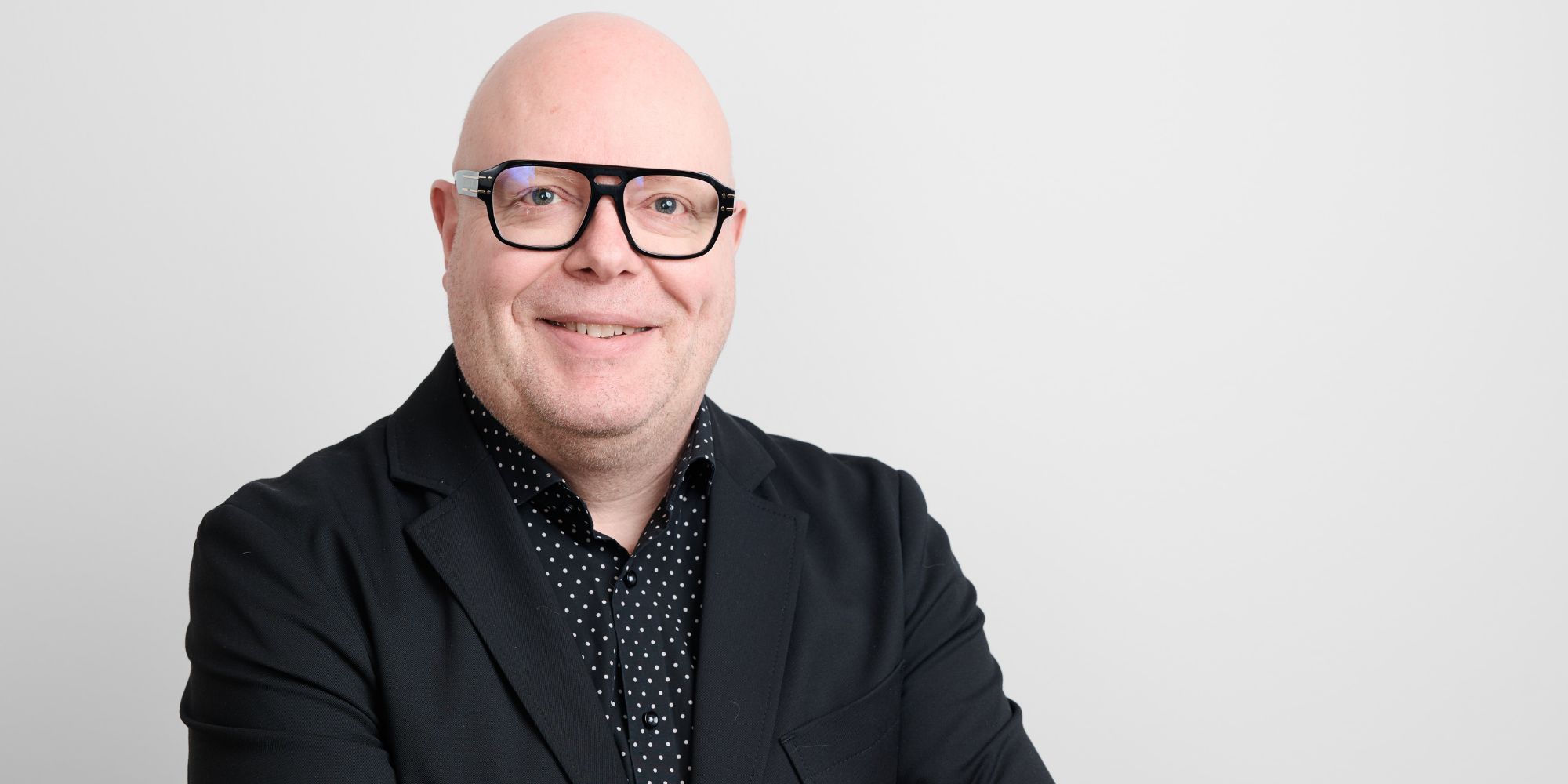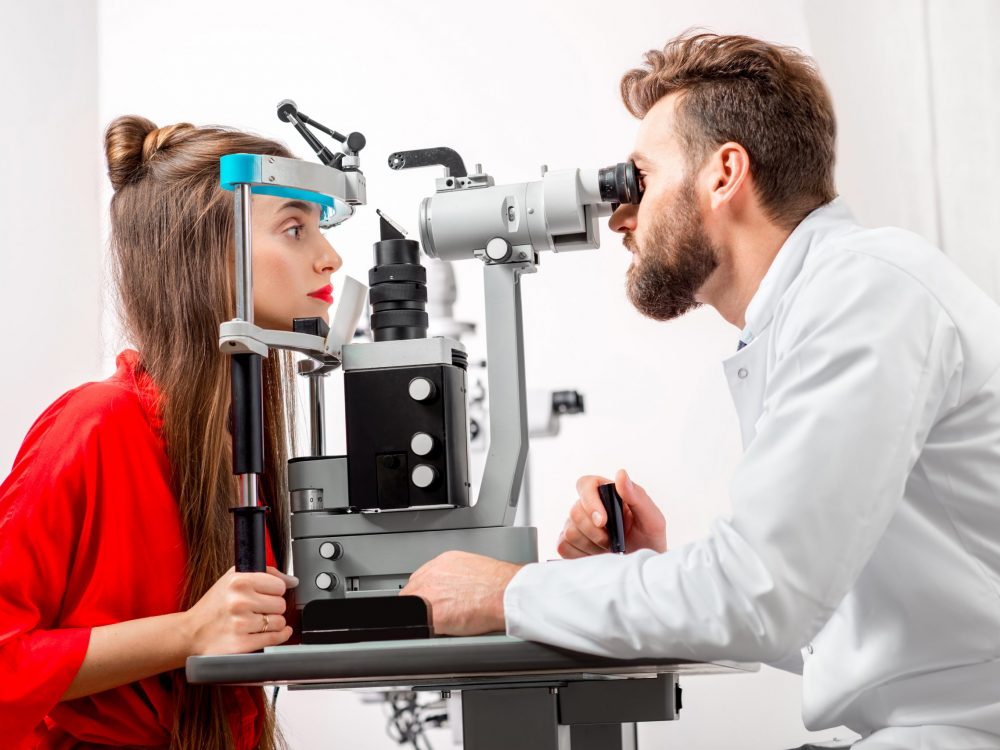
In Finland, the length of queues for eye health care is alarmingly long, with almost 29,000 people awaiting treatment. NÄE ry presents a proposal for a solution based on a wider role for optics stores in eye care services produced with public funds and the removal of Article 16 of the regulation concerning professionals (in Finnish: ammattihenkilöasetus). With the help of the solution, treatment queues could be dismantled and resources used more efficiently.
According to the law, non-urgent specialized hospital treatment must start no later than six months after the need for treatment has been established. However, this does not take place when it comes to eye health care. Almost 29,000 people are currently waiting in treatment queues. More than 1,800 of them are in so-called “illegal queues” that exceed 6 months, awaiting access to treatment. In particular, cataract queues are worryingly long, with nearly 13,000 patients awaiting treatment.
On 21 March 2024, Valvira, the National Supervisory Authority for Welfare and Health, ordered fourteen wellbeing services counties and the HUS group to make access to non-urgent specialized hospital care legal by 31 March 2025 at the latest. In addition, Valvira called on the wellbeing services counties of South-Savo (Eloisa) and Kymenlaakso to arrange access to non-urgent specialized hospital care in their region as quickly as possible.
Finnish Association of Vision and Eyecare NÄE ry has presented solutions that could be used to dismantle treatment queues in eye health care, free up resources and achieve significant cost savings.
“We present two ways as a solution for dismantling eye health care queues and treating eye diseases. First of all, let’s connect the services of optics shops, with the help of service vouchers, to other public services, other than for the provision of eye exams for school children. For example, glaucoma follow-ups, cataract follow-up examinations and diabetic eye disease screenings can be carried out with the help of the multi-professional cooperation of eye health professionals in optical shops. Secondly, Article 16 of the regulation concerning professionals (in Finnish: ammattihenkilöasetus) should be removed”, says Panu Tast, managing director of Finnish Association of Vision and Eyecare NÄE ry.
“Since our Nordic neighbours are able to access treatment significantly faster than Finland with a lower density of ophthalmology specialists and opticians relative to their populations, it would be worthwhile looking across the Gulf of Bothnia,” says Tast.
The government holds the keys to quickly dismantling eye health care queues
According to a survey carried out at the beginning of the year by Finnish Association of Vision and Eyecare NÄE ry and Suomen Optometrian ammattilaiset ry, eight out of ten top experts strongly support the removal of Article 16 of the regulation concerning professionals (in Finnish: ammattihenkilöasetus).
The article, which dates back to the 1960s, forces everyone who has experienced an eye operation, even if only for a refractive error, to become clients of ophthalmology specialists. Because of this, up to 150,000 people with healthy eyes are forced to visit ophthalmologists every year just to have their eye glasses replaced.
“The legislative change would allow optometrists, i.e. licensed opticians with a limited right to prescribe medication, to take on more extensive responsibility for all basic eye examinations. At the same time, the time of specialists would be freed up to treat those patients who really need specialist-level expertise,” says Tast.
“Furthermore, the government should take a few quick-acting specific measures aimed at other areas, such as quickly removing restrictions on subcontracting in wellbeing services counties and also allowing anaesthesia procedures to be procured from private service providers,” concludes Tast.
Additional information:
Panu Tast
Managing director
Finnish Association of Vision and Eyecare NÄE ry
panu.tast@naery.fi
+358 (0) 40 542 2227


